worship
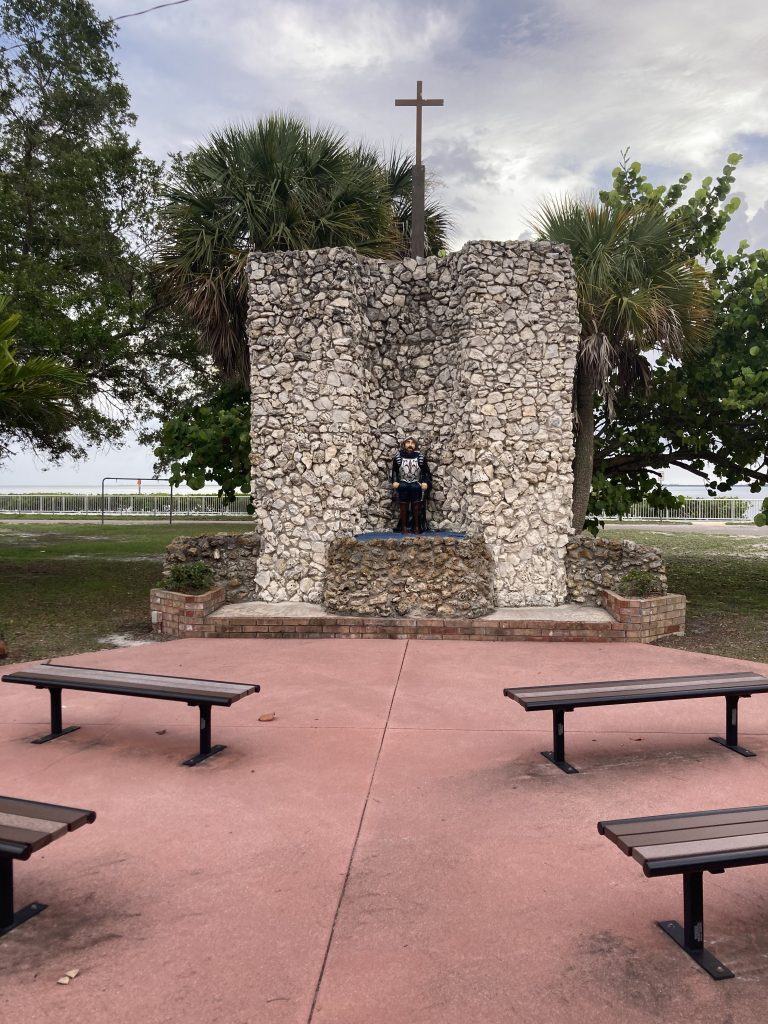

Shit- really? That’s what a toilet sounds like on an airplane?
I try the flush again to confirm and the roar of it digs under my fingers, works its way between the skin of my palms and my head. It fills my ears- makes my heart beat faster. It almost makes me angry, some sort of defensive animal instinct that flares up as though I’m faced with an unknown predator. The last little bit of the process is the worst: a shrieking intake of air, like a child desperately sucking ice from the bottom of a slushy. It bears no resemblance to the relatively cheerful glugging of a terrestrial toilet. It’s monstrous.
I’ve never traveled by air before and now I’m not sure I ever will.
‘Indiana is home to ‘Jill Landstrom’s Center for Exposure to Frightening Childhood Noises,’ an establishment that billed itself as a medical institution but quickly devolved into a nostalgic sideshow. Visitors shuffle between dark rooms and are met at the center of each with some grim-seeming noisemaker and a flashing red button. Pressing the button brings the exhibit to life, usually leading with a brief, animatronic explanation of what exactly creates the sound and climaxing with the sound itself.
‘Landstrom’s Center’ deserves an amount of praise for its determined adherence to authenticity. Where possible, all of its exhibits replicate the sounds with practical effects rather than pre-recorded samples. Landstrom’s staff consists of retired engineers, special-effects artists, and magicians. The admission cost is high, the appeal is limited, but there is nothing else like it except the frightening chaos of childhood itself.
Its sister site, ‘Jill Landstrom’s Center for Exposure to Stressful Adult Noises,’ is skippable unless one feels compelled to listen to the audio of looping DVD menus and the indistinct sounds of a car engine that will fail within a month and cost a great deal to repair.’
Hector and I make it as far as the ‘High Pitched Tone at the End of a VHS Tape’ room before the cumulative stress of the exhibits is too much. Aside from the motorcycle- aside from the occasional noisy disaster- I’ve settled into a fairly quiet life. Maybe I’ll return to ‘Landstrom’s Center’ when it’s time to reintegrate- prepare myself for the predictable scares of stationary life. Until then, I’ll content myself with crickets and the raucous snoring of an old rabbit.
-traveler
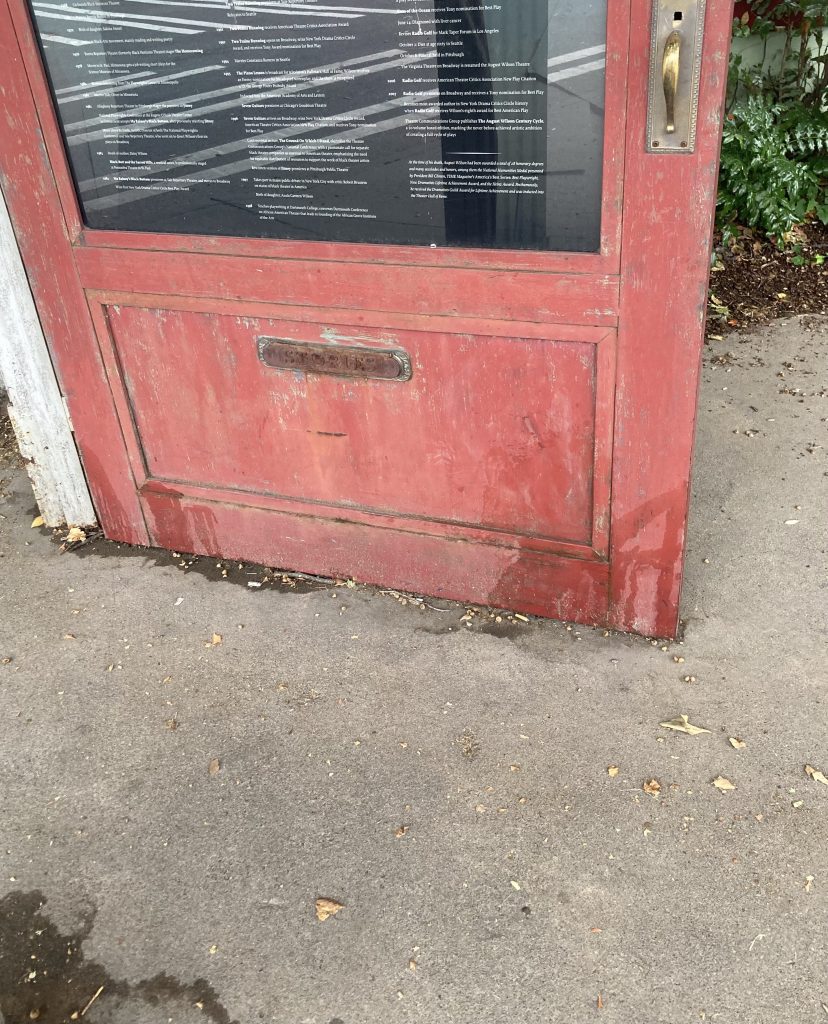
‘Nobody knows exactly what New Jersey’s ‘Cedar Family’ is up to. They are a group, a town, a commune that seems perpetually on the verge of dissolving into a cult. They achieved fame for their seeming utopia following a documentary in 2015 and their neighbors have been holding their breath ever since, waiting for a mass death, a militia, or (fingers crossed) a preemptive FBI raid. The fearful anticipation has taken a toll on nearby counties. Residents within 50 miles of ‘Cedar Family’ are up to four times more likely to be diagnosed with a stress-related mental health condition. People living in ‘Cedar Family,’ on the other hand, are of sounder mind and body than the average American citizen by far. They willingly submit to examinations. They advertise their medical records as part of their tourism campaign. These are the sorts of behaviors that worry people.
The average traveler won’t find much of interest in ‘Cedar Family.’ Visiting the town is much like being a newcomer to any sort of religious congregation. The residents are friendly and effusive. Their friendliness makes one feel embarrassed and out of place but it isn’t occult or even backhanded.
The average traveler may recognize some of the residents, though. This is because they systematically insinuate pictures of the people of ‘Cedar Family’ into thrift shops across the nation. They have sets and costumes for this purpose. They have a collection of antique cameras and old-fashioned dark rooms. They mix and match to keep things fresh. Platonic residents sometimes pose as couples. Families trade out kids and houses.
They offer no explanation for this.
Those in the know assume there is some religious significance to having members of the ‘Cedar Family’ in the homes of others. It may be some sort of self-worship. It may be some sort of spiritual surveillance.
Those who don’t know any better might find a box of abandoned photos in a thrift shop on the side of the road, available to purchase for pennies on the dollar. Maybe they take a few as a cheap souvenir. Those people are no worse for having the pictures wilting in their closet or framed ironically on their wall, but they’ve been tricked into placing them there- tricked into exchanging money for them. That makes is different, somehow. Exchanging money is the nearest thing to olde occultist binding that exists in 21st century America.
Residents of ‘Cedar Family’ always stare into the camera- even in seemingly candid shots. That makes it different too.’
-an excerpt, Autumn by the Wayside
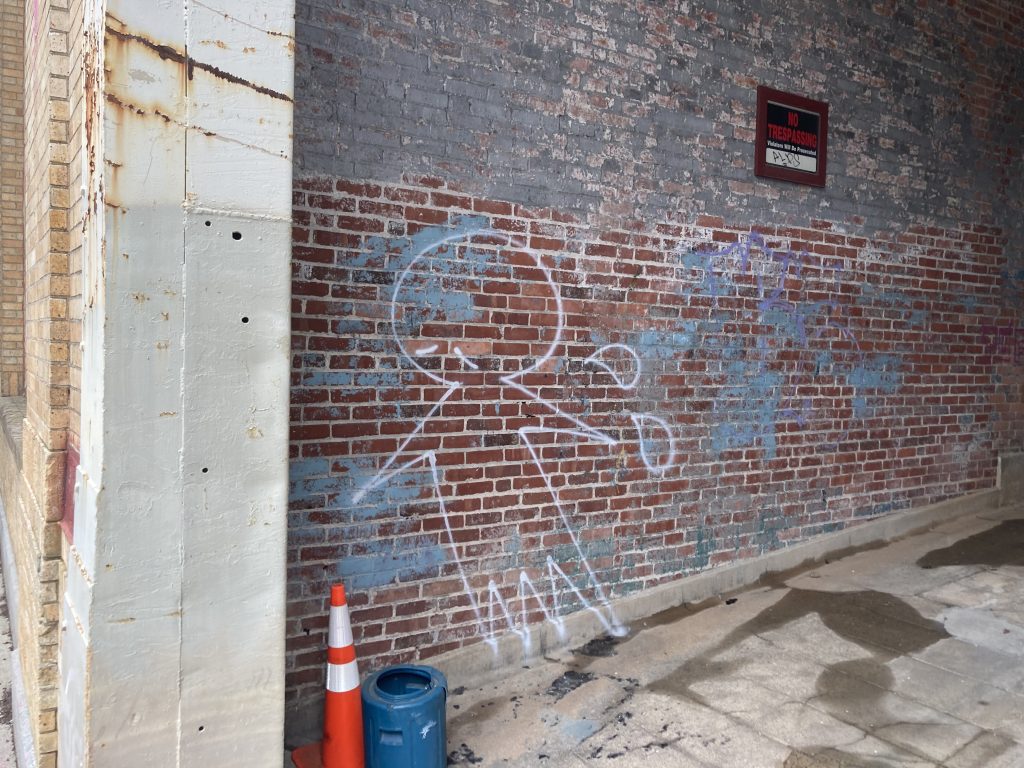
Signs for ‘THE Rock Shop’ loom large over I-15 where it passes through Montana. It’s not on my radar, initially, but the more signs I see the more I become convinced that I’ll find it in the book. When Hector and I pull over to load up on gas and beef jerky, I confirm it. Sometimes the Wayside just comes to you.
‘It’s reasonable to misinterpret the peculiar formatting style of ‘THE Rock Shop’s’ name as an example of Wayside hyperbole. Claiming to be the best, cheapest, largest, anything seems to be fair game in regards to highway advertising.
The truth is that the capital ‘THE’ is there only to describe the ‘Rock’ and not the ‘Shop.’ ‘THE Rock Shop’ has just the one rock to sell and as long as the signs remain up, it’s safe to assume that the business model is about as effective as it’s been since 1987, when ‘THE Rock Shop’ was founded by two men who felt it was something special.’
It’s immediately clear which rock is for sale. It’s a boulder, really, fenced off as though someone might dig the lower half from the ground and steal it. I hope to circle the thing once and check it off the list but the screen door of the nearby house squeaks open as I step off the bike. One man appears first, dressed in a sagging robe and slippers. He waves a paper and pen and shouts:
“Just a dollar, sir! Just a dollar and it’s yours!”
Another man follows shortly, dressed in sweats against the chill wind. “Over here! We’ll give you the tour!”
The man in the robe is on me before I can respond meaningfully to either. I nearly topple backward over the bike as he waves the paper in my face- a deed or agreement of purchase or something to do with buying the rock. I put my hand out in front of me and he shoves a pen into my palm, tries to curl my fingers around it.
“Sign here, sir! Just a dollar for THE rock. Just a dollar!”
The man in sweats rattles off qualities of the rock in the background. I can hardly make any of them out over the robed man’s fervent sales strategy. I’ve lost the key to the bike in the dirt somewhere. I drop to my knees to find it and the man drops with me, plastering the contract over the visor of my helmet. I’m dimly aware of Hector panicking in his kennel on the bike.
There’s a high pitched whistle, suddenly, and the man ahead of us is screaming. The robed man is gone in an instant, running over to help. I snag the key from the ground and pull the paper from the helmet and see the man in sweats is laid out on the ground, bleeding from a head wound. The robed man curses the rock and begins to drag his companion inside.
I’ve frozen, trying to discern the threat- trying to understand whether I have better odds in the house with them or on the bike or whether there’s anything immediately dangerous about what’s happening. The robed man makes the decision for me. He slams the door and in a matter of seconds his face is pressed against the nearest window. I can hear him through the glass and through the helmet- he’s shouting for me to sign the paper and leave a dollar at the door. Then THE rock will be mine.
It’s a quiet autumn day and cars glide past us on the highway. I consider the tour I’d planned on taking and see a little impact crater where the man had been bleeding. Probably not worth the risk.
I’d like to be the person I was when the idea of a stationary boulder inflicting blunt force trauma at a distance for no discernable reason seemed unlikely. I’d settle for being the sort of person that would stick around long enough to help these men or to at least understand what sort of dread force binds them to THE rock. I’m the sort of person that drives a mile down the road and calls an ambulance, instead. The kind of guy that feels a little bad for the EMTs that will have to put up with that peculiar sales technique.
-traveler
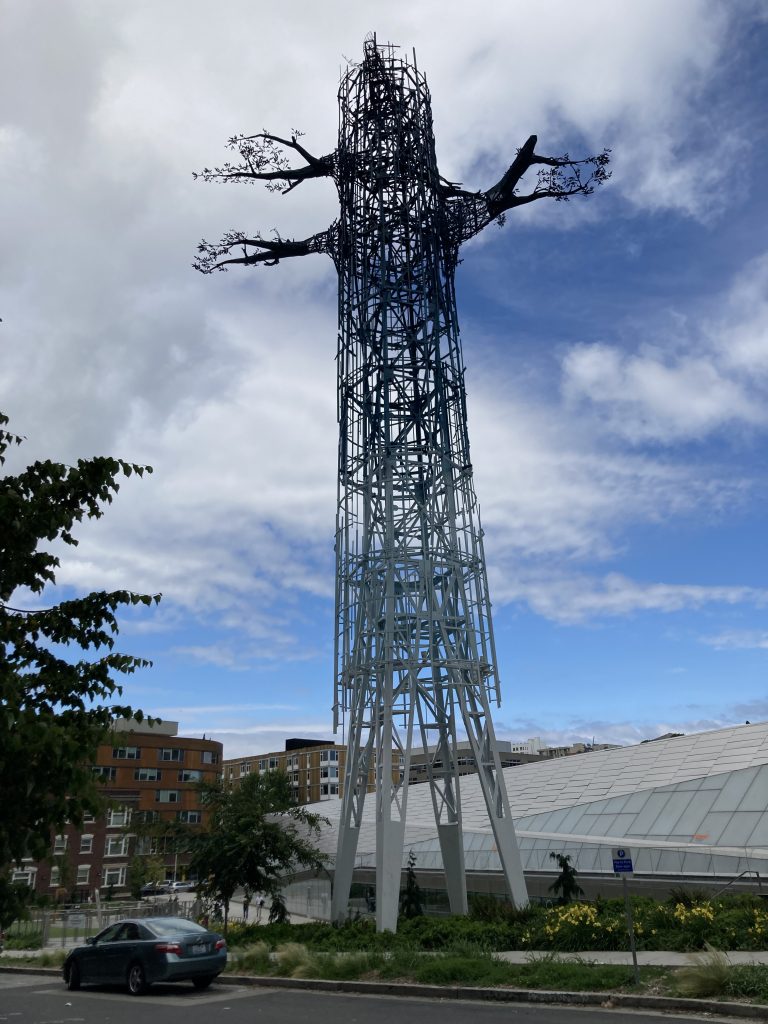
Of Autumn by the Wayside’s many appendices, one is entirely devoted to branches of something called ‘The Museum of the American Diet,’ for which there is no official entry. Appendix F is nearly thirty pages long and it consists only of addresses, listed first by state, and then seemingly at random.
I’ve visited nearly twenty and I think it’s safe, now, to say that they are all buffets.
-traveler
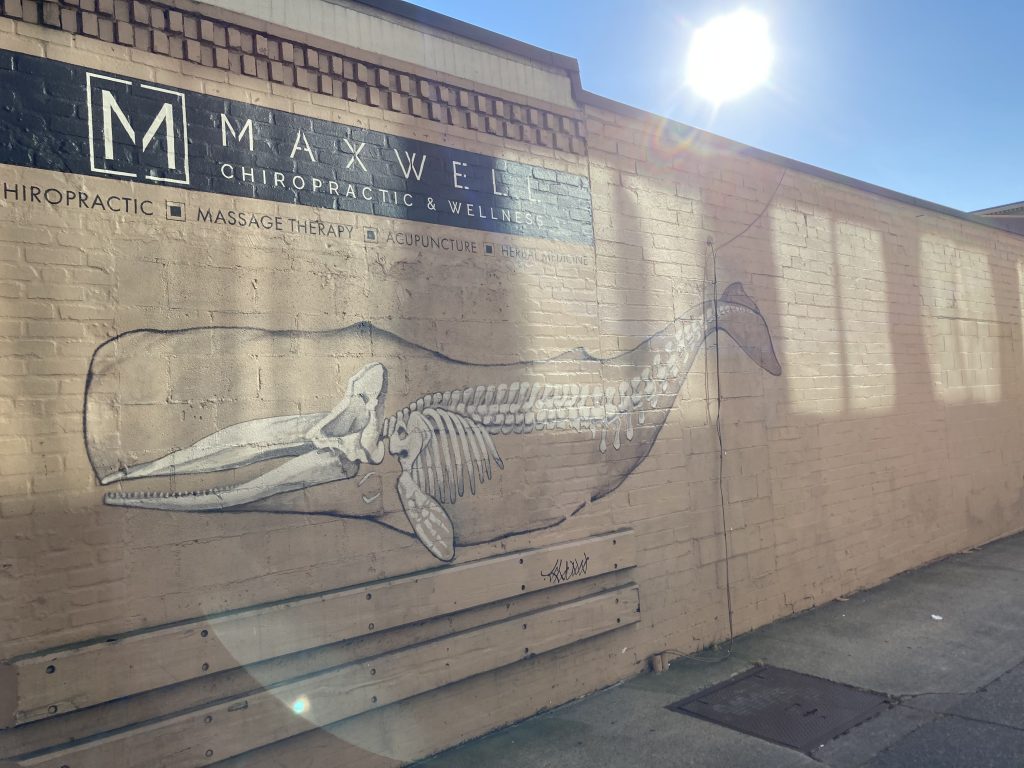
© 2024 · Dylan Bach // Sun Logo - Jessica Hayworth